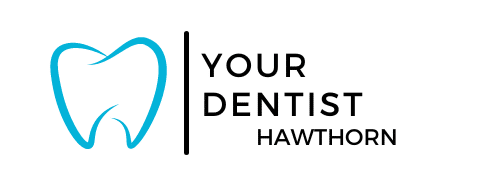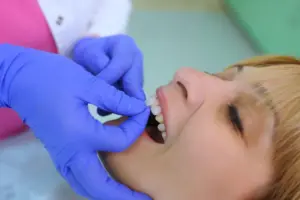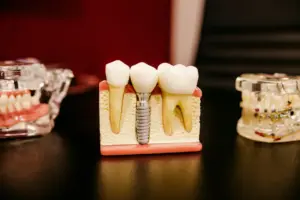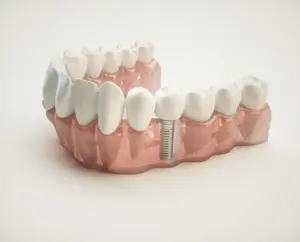The History Of Dental Hygiene
Table of Contents
ToggleIntroduction
Dental hygiene has evolved throughout the years and has been practiced for more than a century. Connecticut dentist Alfred Fones recognized in 1907 the value of dental hygiene in lowering the germs that caused dental caries. Consequently, he hired his cousin Irene Newman and taught her how to administer dental prophylaxis to his clients. The first “dental hygienist” to perform dental hygiene tasks in a clinical setting was Irene Newman. This led to the establishment of the nation’s first dental hygiene program in 1913 by Dr. Fones in Bridgeport, Connecticut.
To highlight the value of oral hygiene to kids, members of Connecticut’s first dental hygiene graduating class of 1914 working in a school environment. These innovative dental hygienists were referred designated as “dental nurses” by hospitals and school-based programs, but Dr. Fones later altered their designation to “dental hygienist.” One possible explanation for Bridgeport, Connecticut’s lowest death rate among large cities during the 1918 influenza pandemic could be traced back to Dr. Fones’s accomplishments.
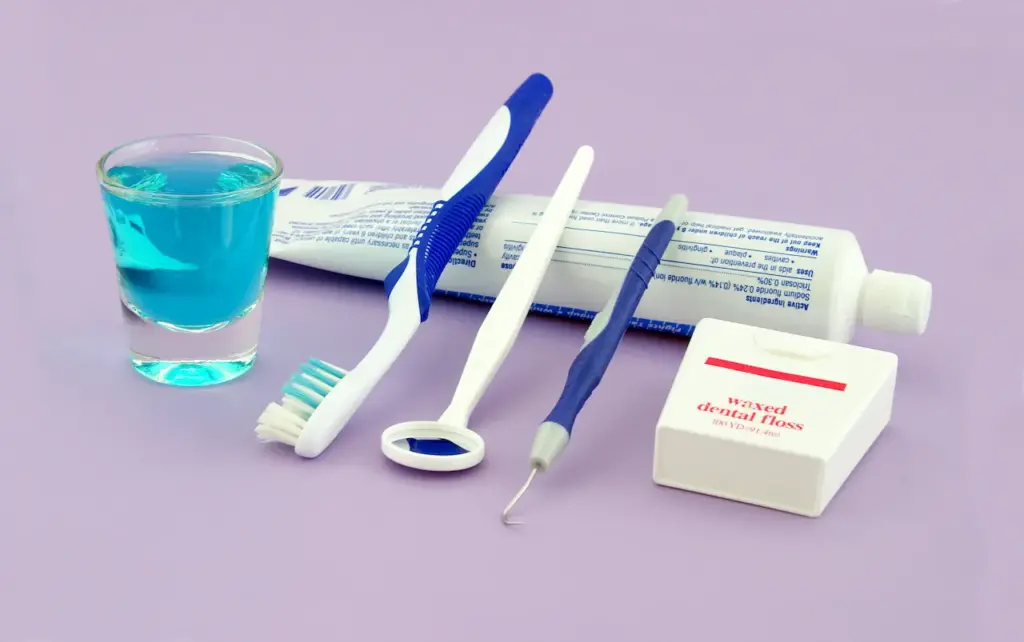
History of Dental Hygiene
Through millennia of human history, “The History of Dental Hygiene” uncovers an intriguing evolution entwined with technological advances, medicine, and culture. Dentists have used crude instruments to preserve dental health for millennia, going back to the Renaissance, when dentistry started to gain recognition as a separate medical field. This journey illustrates how resourceful and persistent humans have been in preserving dental health.
Different societies have evolved dental hygiene practices over time, from using twig-made toothbrushes to herbal medicines. Dental hygiene saw both advancements and regressions during the Middle Ages, but scientific research saw a comeback during the Enlightenment, which resulted in substantial advancements in dental understanding and practice.
Modern dental instruments and techniques were developed during the Industrial Revolution, which marked the beginning of an innovative era and laid the groundwork for modern dental hygiene practices. Significant developments in oral healthcare occurred in the 20th century, such as the introduction of fluoride, the creation of preventative dentistry, and the formalization of dental hygiene as a profession.
The history of dental hygiene is still changing today due to new developments in technology, continuous research, and our increasing awareness of the critical relationship between dental health and general health. It is necessary to comprehend this complex historical background to fully recognize the importance of dental hygiene in contemporary society.
First Licensed Dental Hygienist
Irene Newman obtained her license as a dental hygienist in 1917, and in the following three years, dental hygienists were licensed in six other states. Following the establishment of the ADHA in 1923 with 46 members, the dental hygienist profession continued to expand. As of 1952, dental hygienists were licensed in all fifty states.
The ADHA established guidelines for program admittance as dental hygienist schools expanded across international borders. A high school degree was required in 1935 to be licensed. By 1940, becoming a licensed dental hygienist also required completing a two-year term of study. In 1940, the ADHA officially adopted the title of “Registered Dental Hygienist.” In 1968, the inaugural regional board exam was administered.
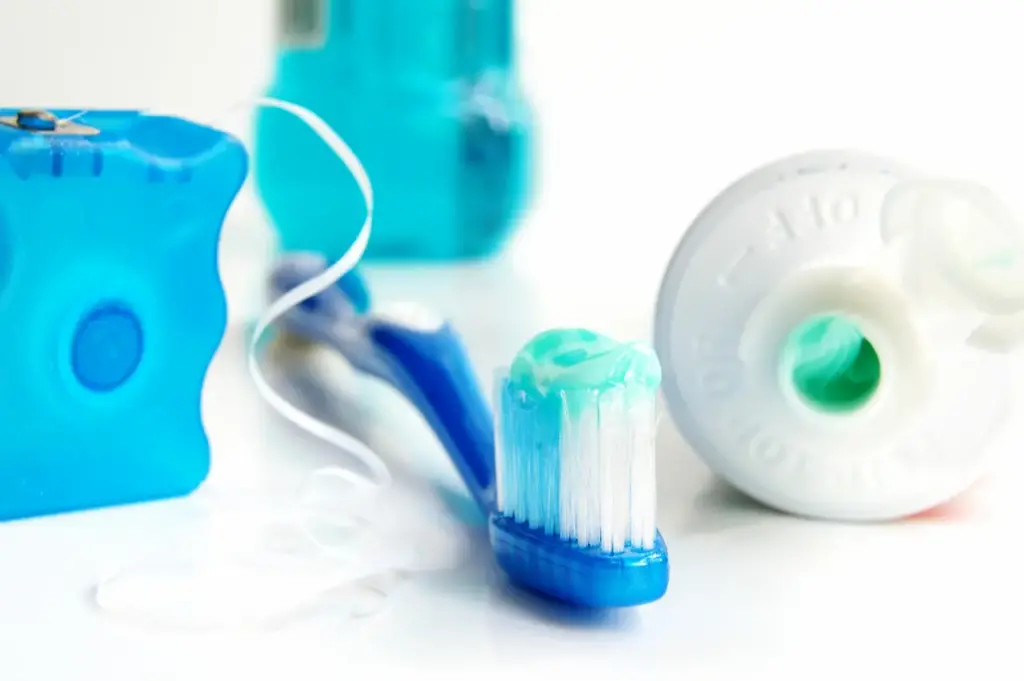
Advances in Dental Hygiene
Over time, various technologies have been introduced by the advancement of the dental hygiene profession. Dr. Clayton Gracey created the Gracey curettes in 1945. By the 1950s, completely reclining dental chairs were being produced, and the first ultrasonic scaler had been released. The prophy jet-equipped ultrasonic scaler was created in 1981 as a substitute for rubber cup polishing. Dr. Esther Wilkins authored the first edition of Clinical Practice of The Dental Hygienist, popularly referred to as “the Dental Hygiene Bible.” Today, the oral hygiene setting still makes extensive use of all of those mentioned above.
The Civil Rights Act came forth in the 1950s and 1960s. This has a favorable impact on the dental hygiene sector. The ADHA removed its admittance requirements about race, color, and creed. The ADHA Constitution’s word “female” was removed in 1964, which made way for Jack Orio, the first male dental hygiene graduate, to graduate in 1965.
Continuing Education in Dental Hygiene
The ADHA created criteria for dental hygiene continuing education around the 1970s. When Washington became the first state to allow the unsupervised practice of dental hygiene in particular settings, the 1980s marked a sea change for the hygiene business. Over the following 20 years, Colorado and other states adopted similar initiatives to Washington State’s. When fourteen states decided to permit registered dental hygienists to provide local anesthetic in the 1990s, it had a significant impact on dental cleanliness. More than half of the fifty states permitted a Registered Dental Hygienist to provide local anesthetic by the year 2000.
The 1980s HIV/AIDS epidemic was another significant turning point in history. The requirement for personal protective equipment did not come about until 1988, despite OSHA’s founding in 1971. However, clinical dentistry practitioners did not start to benefit from OSHA’s Bloodborne Pathogen Standards until 1991.
Over time, there has been a decrease in dentists but an increase in registered dental hygienists. Dental hygienists made up only 2% of the dental profession in 1950, while dentists made up 51%. These numbers increased by 20% in 2000 when the proportion of dentists to dental hygienists was equal. There has also been a rise in the annual population requiring dental care. Less than one-third of people sought yearly dental visits in the 1950s. By the early 2000s, this percentage had increased to more than 67%.
As the dental hygiene sector expands, it’s critical to reflect on our last 100 years, our beginnings, and our accomplishments. The general public is now more aware of the connection between dental health and overall health. As qualified dental hygienists, our skill set has grown over time. We can only hope that history will repeat itself and provide us with additional opportunities for progress in our careers as registered dental hygienists. History has played a significant role in our advancement.
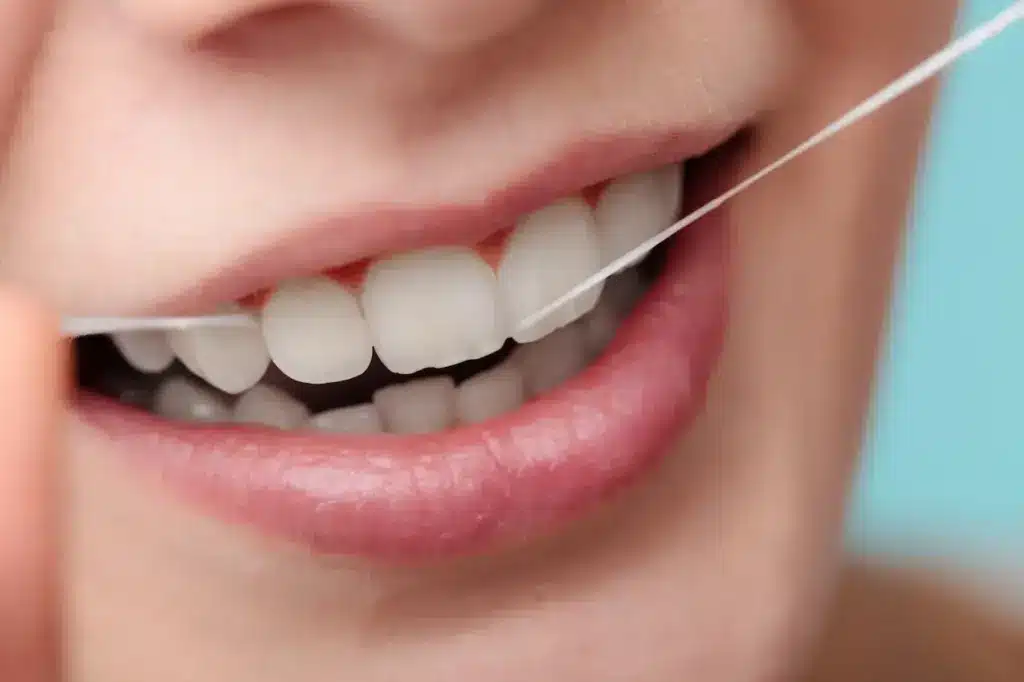
Conclusion
Dental hygiene includes measures that prevent oral diseases and maintain good dental health. It is an essential component of general health and well-being. By maintaining healthy teeth and gums, people can lower their chances of cavities, gum disease, and other oral health problems. Regular brushing, flossing, and dental checkups are also recommended. As studies continue to reveal connections between oral health and diseases like diabetes and cardiovascular disease, maintaining good dental hygiene also helps to enhance overall health. To promote good habits from an early age and guarantee oral health for life, education, and knowledge of the significance of dental hygiene are essential. A confident smile and general health are advantages that people can experience by making dental hygiene practices a priority and receiving professional care when necessary.
